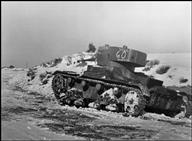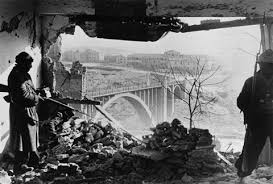December 23
Franco knows his planned Guadalajara offensive is futile, as Teruel needs all of the manpower in the area, despite anger from the German and Italian allies who want to take Madrid and end the war.
December 25
In the small city of Cáceres in the far western region of Extremadura, 34 men are murdered, some taken from the dinner table during quiet Christmas Day meals. A shooting range is set up at the barracks of the 27th Algiers infantry regiment, where sixty Guardia Civil men could kill the chosen victims. Among the victims was the socialist Mayor Antonio Canales and President of the Provincial Council Ramón González Cid. Others were local trade union members, teachers, UGT members and Republican sympathisers, some already under arrest for months. The province had been under Nationalist control since the beginning of the war, but false rumours of an uprising led to the deaths. No plans by Republican or Communist members were planning an uprising, only lies spread by local Nationalist leaders. The story of a fake coup led by Máximo Calvo was announced by the Falange on December 23, leading to the arrests and execution of the men. It would be the start of one month of scheduled killing around the area, leading to a total 196 dead, including 14 women, all executed for non-existent crimes.
Nationalist Colonel Domingo Rey d’Harcourt has been trying to hold out while reinforcement troops arrive in Teruel. Now two generals, Antonio Aranda and José Enrique Varela have arrived, with fresh experienced men, and the Condor Legion has arrived to attack Teruel from the air.
December 30
Nationalist men are already making gains, by getting on the La Muela (Teruel Tooth) mountain beside the town. The weather continued to close in on both sides, making defense and attack slow and dangerous.

December 31
The Republicans have continued their assault on the four strategic buildings the Nationalist held in the town -the Convent of Santa Clara and the Seminary of Santa Clara, the Bank of Spain building, and the Civil Governor’s Building. By the time the new year began, all the Nationalists inside the Convent of Santa Clara had been murdered.
The final day of 1937 saw the start of a vicious four-day blizzard, with frostbite that will claim lives and limbs while the fighting continues. But 1937’s final day also saw the Nationalists hold their position on the Teruel Tooth, and get into Teruel’s bullring and railway station, both at the lowest southern point of the town. With the temperature at minus 18C, machine guns are frozen, and the reinforcement Nationalist troops do not enough warm clothing to make many gains.
~~
This is not a detailed analysis, just a highlight (lowlight?) of the week’s events. Things get lost in translation – Feel free to suggest an addition/clarification/correction below. The more the world remembers, the better. All photos and captions are auto-linked to source for credit, and to provide further information.



 civilian evacuation from Teruel
civilian evacuation from Teruel Republican soldier on duty
Republican soldier on duty Hemingway arrives in Teruel
Hemingway arrives in Teruel Republicans outside Teruel
Republicans outside Teruel Republicans head into Teruel
Republicans head into Teruel

